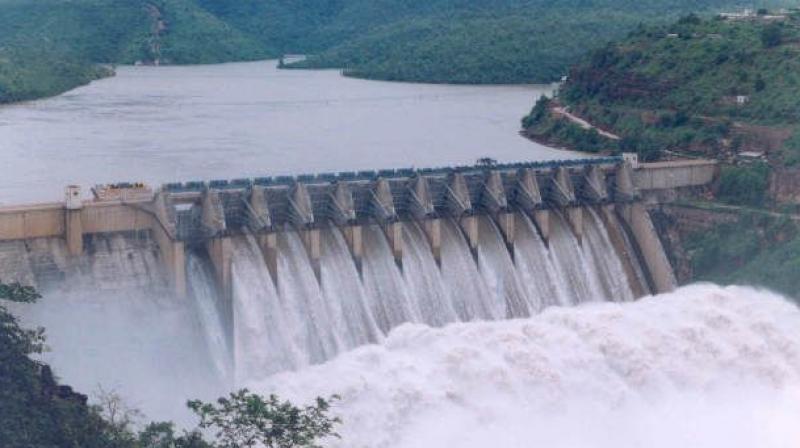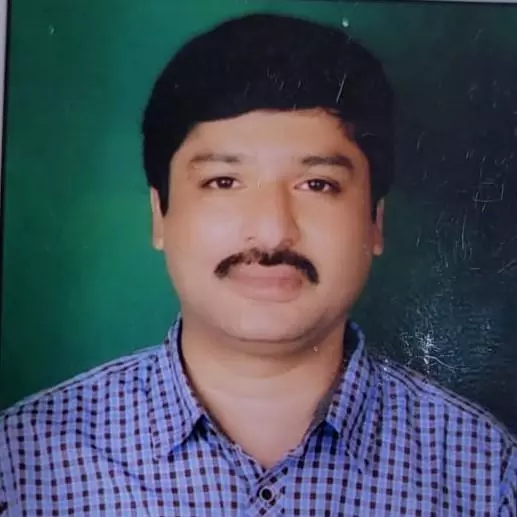Safety of Telangana dams a big concern
In Telangana, the safety of dams is in question due to lack of maintenance for decades.

Hyderabad: The issue of dam safety is back in focus with the Union Cabinet approving the Dam Safety Bill on Wednesday, which is likely to be introduced in the monsoon session of Parliament.
In Telangana, the safety of dams is in question due to lack of maintenance for decades. As many as 14 dams in TS and two dams in AP were constructed 50-100 years ago and require urgent repairs. Once the Act is in force, state governments are mandated to ensure that safety measures for the dams are in place, or else the states will be penalised.
In September 2017, TS had sent proposals to the Central Water Commission seeking Rs 645 crore for rejuvenation of 29 old dams. The proposals were forwarded to the World Bank for funding. As per instructions of irrigation minister T. Harish Rao, Central Designs Organisation chief engineer A. Narender Reddy prepared a report but the funds are yet to be released.
Nagarjunasagar and Srisailam dams witnessed unprecedented floods in the Krishna river in October 2009, but no concrete safety measures have been taken at these dams in the past eight years.
Engineers had suggested measures to prevent a catastrophe if a similar situation arose later, but no effort was made in this direction. In March 2017, the Centre admitted in the Lok Sabha that out of 5,247 large dams across the country, 196 are over 100 years old and of these 72 are in southern states and Maharashtra. The Centre said it will conduct a ‘break analysis’ of these dams.
Break analysis is the examination of dams to identify potential failures that may result if there is an uncontrolled release of water and involves the characterisation of threats to public safety that a dam poses.
There are two safety issues, the risk of breach and floods, and lower ability to hold as much water as the original capacity (which means less live storage and per capita availability of water).

